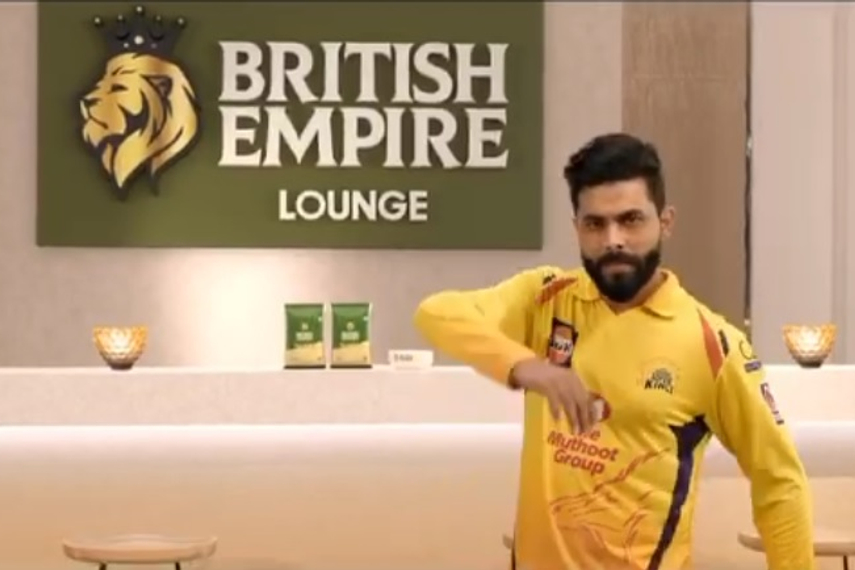
Please sign in or register
Existing users sign in here
Having trouble signing in?
Contact Customer Support at
[email protected]
or call+91 22 69489600
The author states that the release shared by ASCI on surrogate advertising is anchored on flimsy claims

Contact Customer Support at
[email protected]
or call+91 22 69489600
Top news, insights and analysis every weekday
Sign up for Campaign Bulletins
The conglomerate has issued a RFP demanding high-scale credentials as it shifts to a digital-heavy, ROI-led model with expanded influencer activity.
To a large extent, the differently abled community remains invisible to marketers. But some brands are trying to change that through smarter advertising and inclusive design.
Why brands must stop performing for algorithms and start speaking to humans again
Its ‘Scam 2025’ campaign leans on entertainment-led storytelling to decode digital fraud, signalling a shift in how brands approach financial literacy.